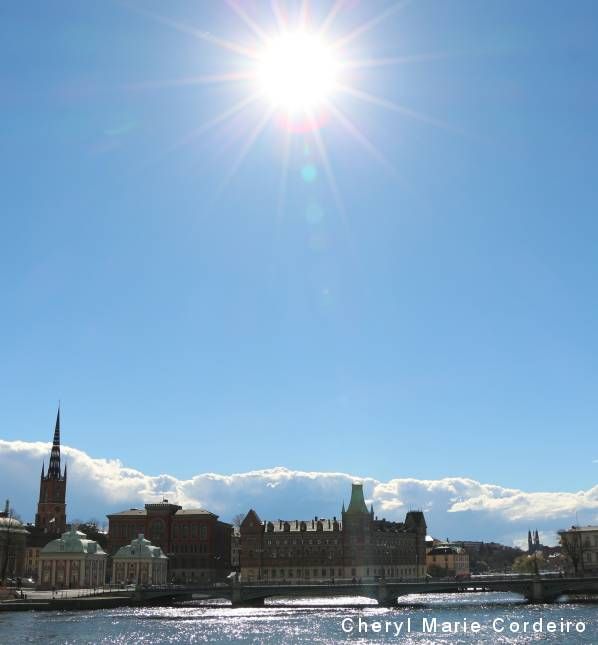Stockholm Strömmen.
Stockholm is one of Europe’s five fastest growing cities and is the first European Green Capital 2010.
Text & Photo © JE Nilsson, CM Cordeiro 2014
Many years ago I watched a man restore an antique wooden door. He had first carefully sanded it down to its original paint layer, til it was soft enough to run your hand over it, til you could feel the warmth of the wood at its core. To get the door to match the rest of the interior of the house, he then began by adding a thin layer of linseed oil. Each brush stroke was carefully calculated in pressure, length and weight.
I soon realized that he carried with him a tacit knowledge that not many others had. But more than tacit knowledge was also a genuine interest in what he was doing. He breathed life back into an antique door that most others would have thrown away and replaced with a brand new one from Bauhaus. He worked with undivided attention and as I watched, I pondered who else would ever come to appreciate the efforts? What came through clearly was that the care he put into that antique door was also a personality trait that you could see run through almost all other things he did.
I realized that this door might well outlive us both, at the cost of some linseed oil.
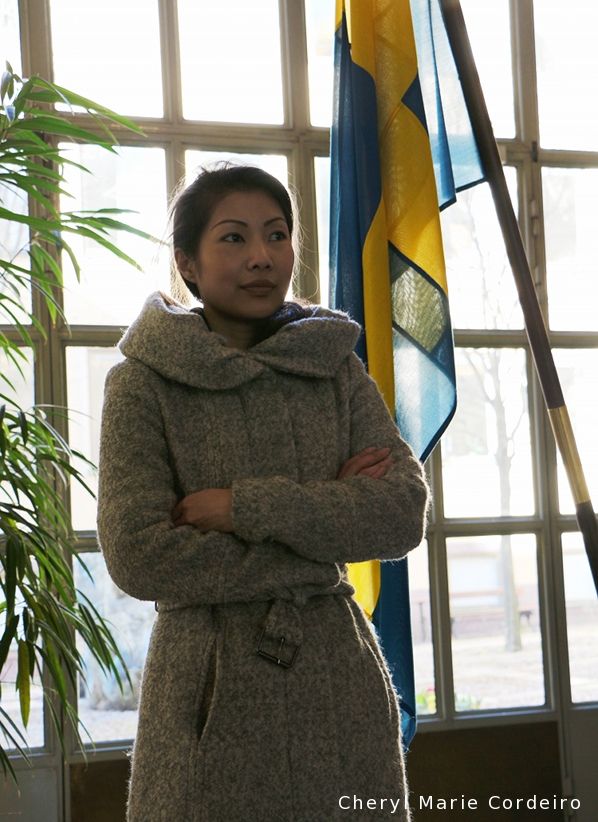
The Hereditary Prince's Palace, Ministry of Foreign Affairs, Stockholm.
A few days ago, I found myself standing at a café counter watching a young man in a pristine white shirt working in a different trade but approaching his work in the same way.
He packed the newly ground coffee beans into the brewing cup, the rim wiped clean before the coffee expressed. Every action was calculated for optimal results. Above all, I found his disposition friendly, informative and he was utmost patient with his customers. Whether they wanted one cup of coffee or none at all, they were met with keen attention. He explained in great detail everything about the various types of coffee beans he had and the best method of grinding any specific type of beans for its best brew.
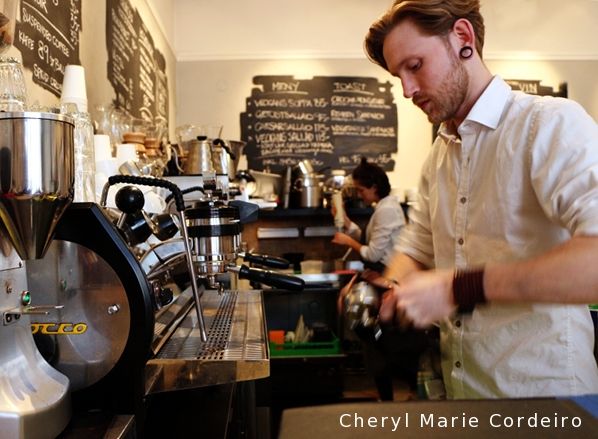
Joel Wredlert, Kafé Esaias, Stockholm.
After noticing all this I turned around and faced a wall full of press clippings, landing me almost eye-to-eye with one in particular that read, “We are listening to the coffee” (Dn.se) in which Joel Wredlert, the guy in the white shirt, was doing in print what he was just doing behind me, at the coffee counter. A little bit of a surreal experience.
He was indeed listening not only to the coffee but to everything around it.
Sustainable business for this café goes the length of the supply chain right to the where and how of the coffee beans. From meeting egalitarian and humane working conditions for the farmers to the ecological production processes of the coffee beans, sustainable business means working towards a business cycle for generations to come.
At the other end of the spectrum where coffee meets customer in the café, over the counter everyday conversations become platforms of information dissemination on origins, process and policies practices that goes into the making of that top notch rated cup of double espresso.
The similarity between the restorer of the antique door and the barista whom I was observing, was the consciousness they had of and for their work going into the very core and beginnings of nature, and drawing the conclusion that we only have one planet that we cannot ‘use up’. In that sense, sustainable encompasses more than that we cannot or should not. It means that there is a way forward that can give us much better coffee, better doors, and a better world.
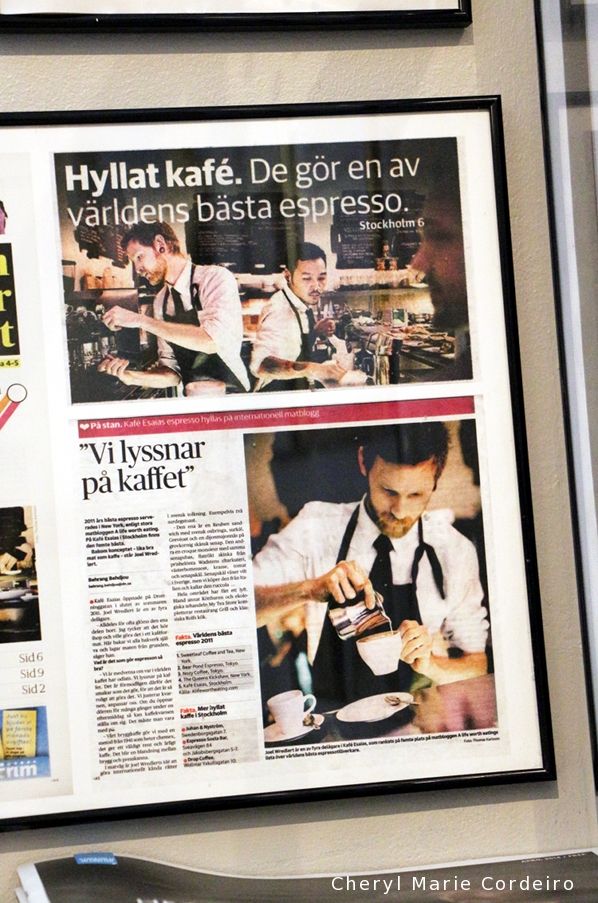
In front of me, the guy in the white shirt was doing in print
what he was just doing behind me, at the coffee counter.
Both were to me examples of what dressed in other words is the concept of sustainable development in the meaning of the Brundtland Commission (1987) a development that meets the needs of the present without compromising the ability of future generations to meet their own needs.
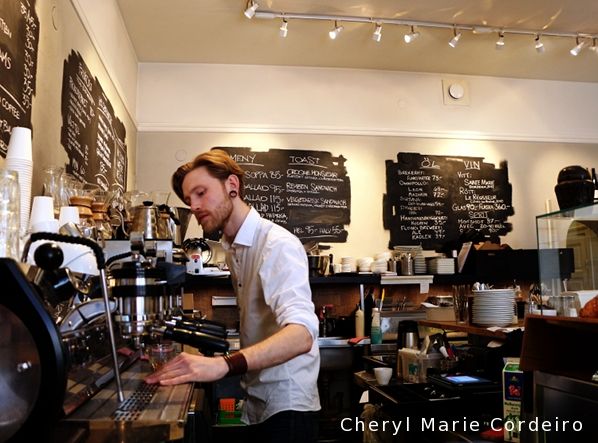
Making that top notch rated cup of double espresso.
Serving that good cup of coffee had the tripartite socio-economic, political and technological aspects. That when sustainable development is spoken of, it was sustainable not just for the immediate business of running that café, but it was to be sustainable for the entire length of the supply chain right up to bringing that product to the customer.
Just a few blocks from this café is the office of Anita Jonsson, former Director of the Swedish Trade Council in Shanghai and today, a Regional Exportrådgivare in Stockholm at the World Trade Center. Working on behalf of the Swedish Minister of Trade, Ewa Björling, with implementing sustainability in the supply chain of Swedish companies working abroad, in particular in the BRIC countries, she tells the exact same story and how this consciousness was becoming a major issue with any company wanting to become a ‘world player’.
The same thing was met with, when talking to Bengt E Johansson, Sweden’s CSR Ambassador, and former Consul-General to Shanghai, at the Swedish Ministry of Foreign Affairs. His mission now is to convey Sweden’s international commitments regarding corporate social responsibility (CSR) to the Swedish businesses, especially those who are actively trading with developing countries.
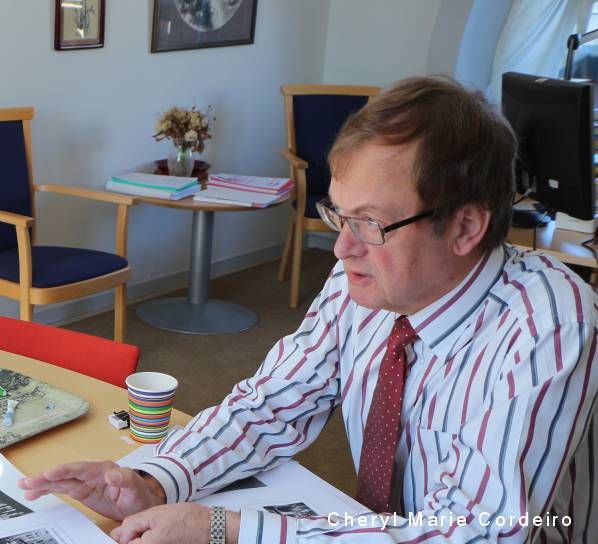
Bengt E Johansson, CSR Ambassador of Sweden with a passion and interest for the city of Shanghai, where he for many years has worked as Consul-General
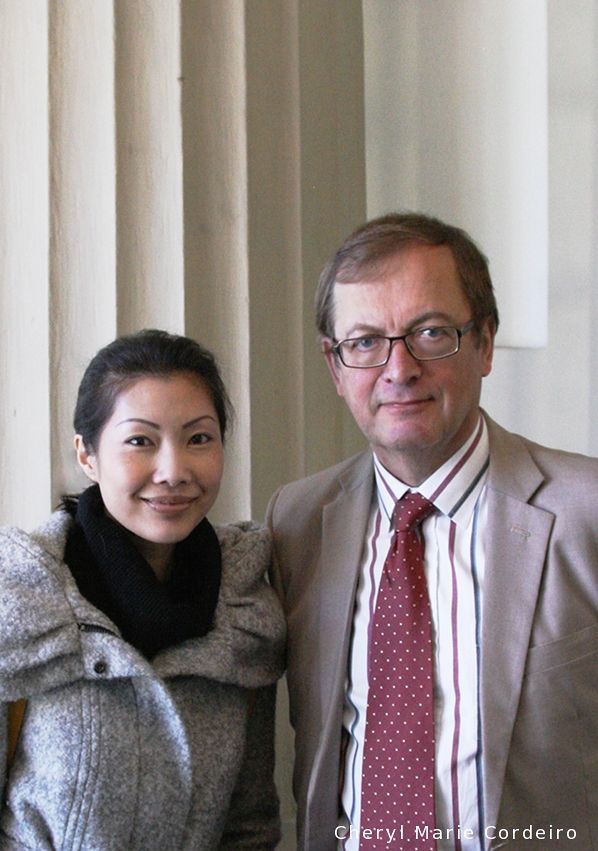
Dr. Cheryl Marie Cordeiro meeting with Bengt E. Johansson, Sweden’s CSR Ambassador and former Consul-General to Shanghai, Ministry of Foreign Affairs, Sweden.
The portfolio for sustainable businesses is broad and requires that you need to make governmental organizations and private corporations talk to each other. Larger institutions are now helping to heighten consumer awareness of what products they could choose to consume, from food to clothing and technological gadgets.
Sustainable development is characterized by its global – geographic border dissolving – characteristics. With fast and relatively inexpensive instant global communication, the awareness of that there is only one globe, in which place there is nowhere else to go if the one we have is depleted, is taking hold.
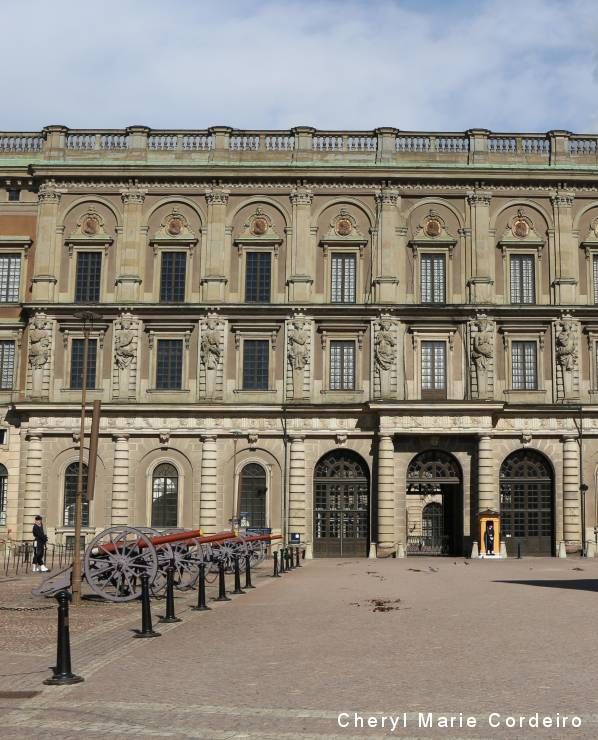
Stockholm Royal Castle, a few minutes after the Changing of the Guards.
Then you walk out of these doors, you meet a different reality. “If you walk here at peak hours”, a friend said, “you see all people are in their own world, in their head. They are concerned about their own problems. They don’t look up, they don’t even meet your eyes. They don’t have time to be concerned about larger global issues.”
To many, global issues remain distant, blocked from their view by the very rat race that creates the problem in the first place.
So, to the man who worked so carefully with restoring the antique door – for what seemed like nobody to show for – I asked, “Why?”
“Come feel it” he said. “It’s warm. Now this is something to keep, even if not many will see it. It will prove itself by not needing any more attention for one, or even several generations.”
It feels strange that anyone would need to argue about something this fundamental.
